Physical Education
It is our intent that all children are inspired to reach their full potential.
We want children’s experience of PE to be positive and motivating.
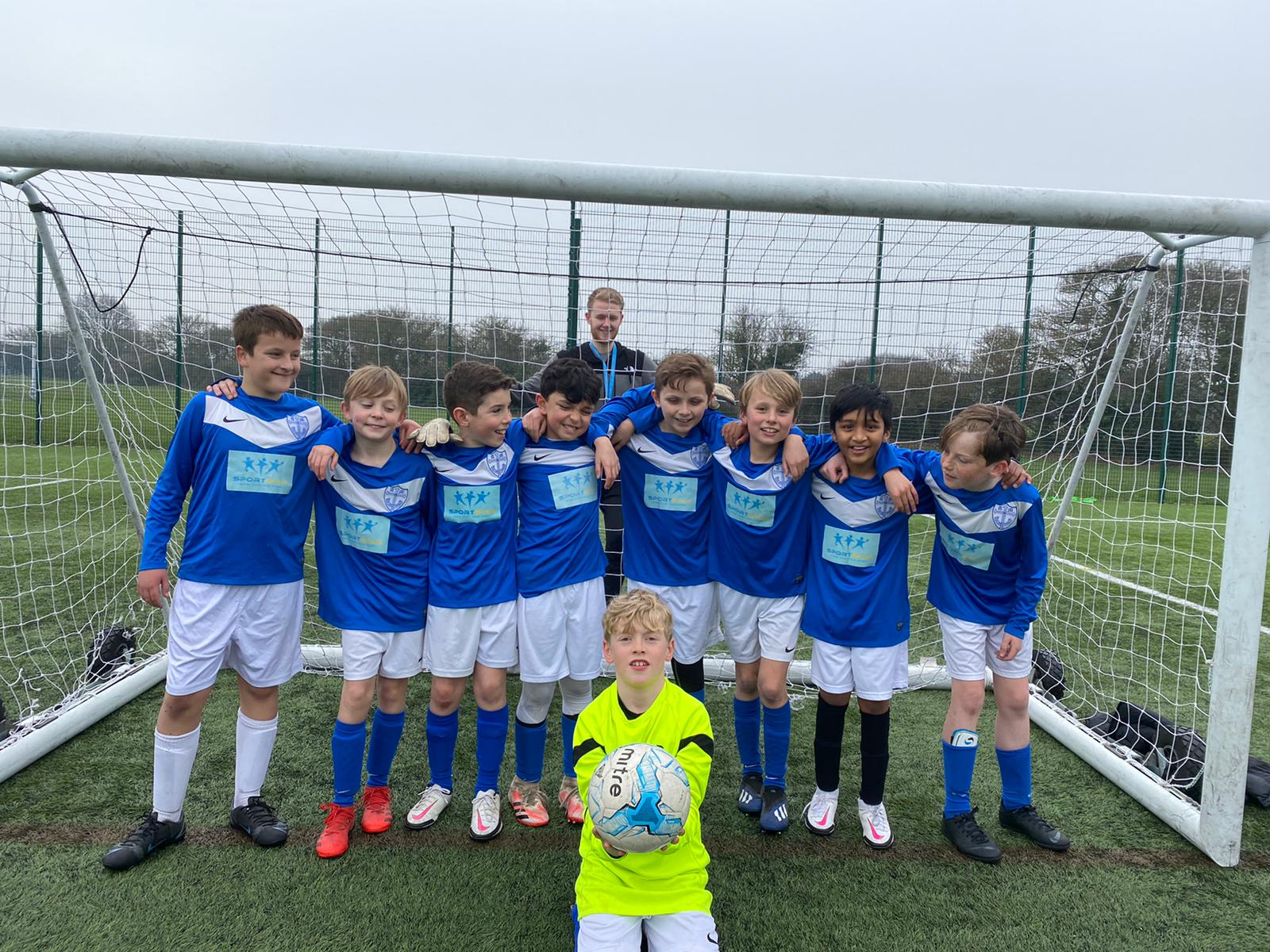
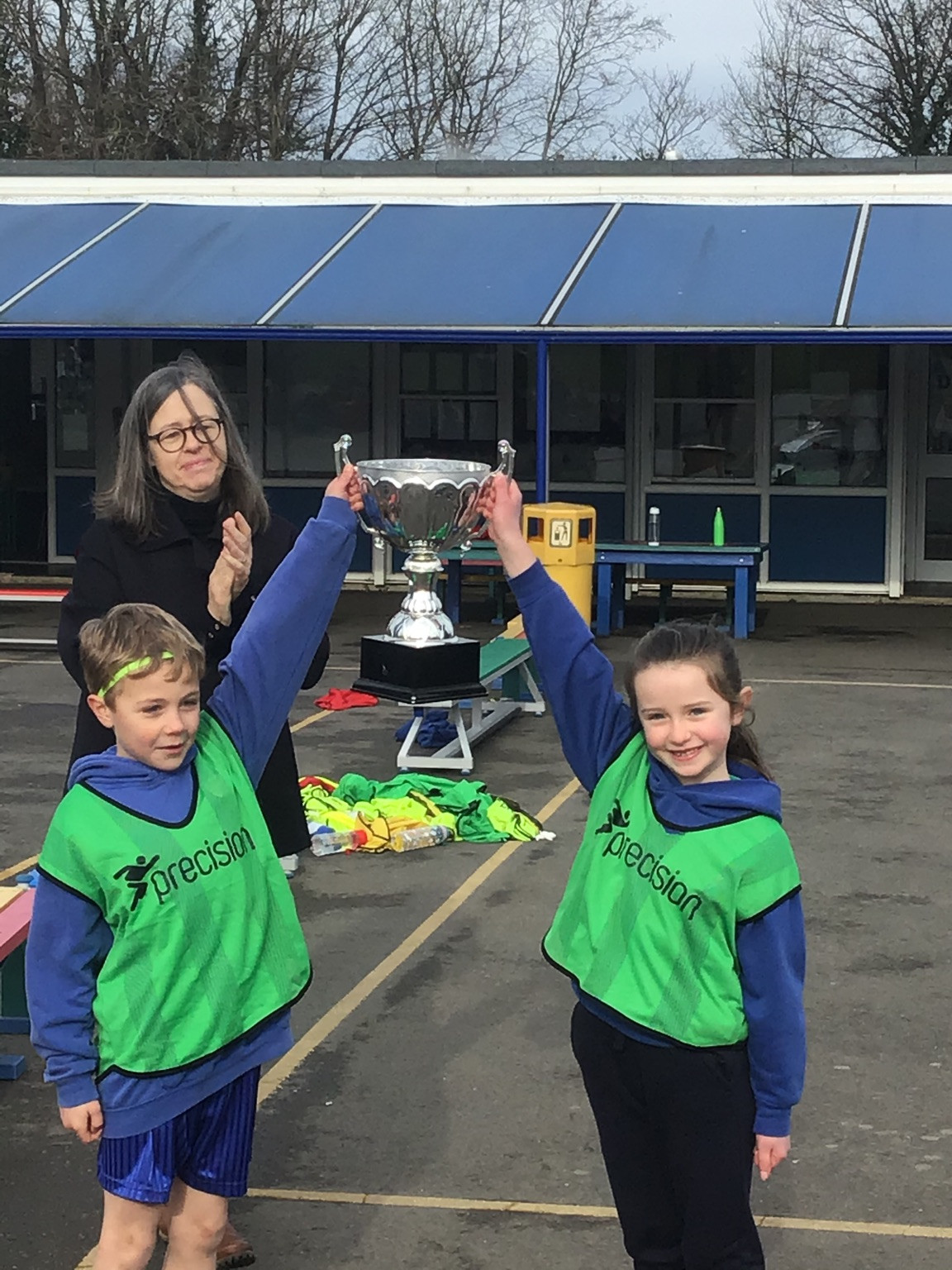
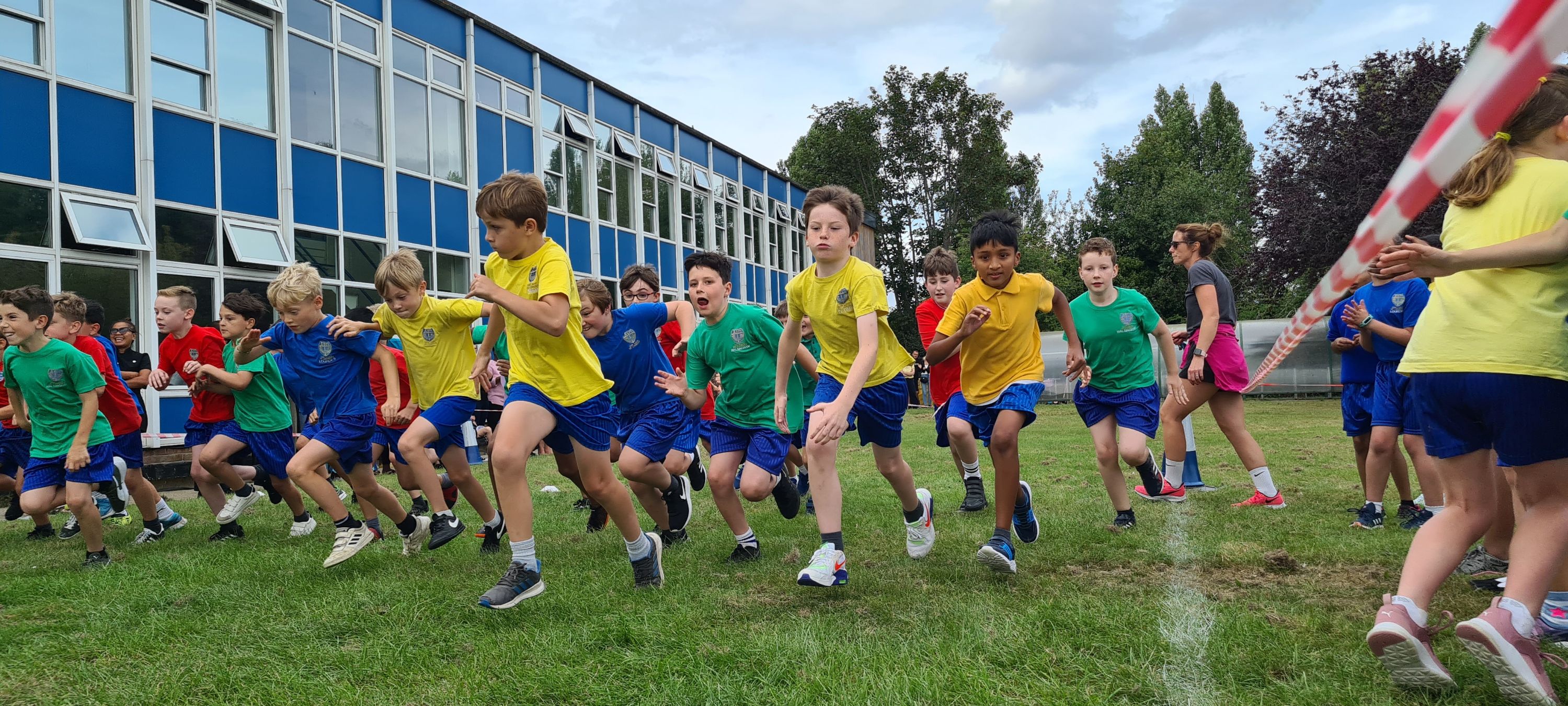
We aim to promote the importance that physical activity and living a healthy lifestyle has on overall physical and mental wellbeing. We aim to inspire and provide the foundation for lifelong physical activity. Children are taught to observe and produce the conventions of fair play, honest competition and good sporting behaviour as individual participants, team members and spectators.
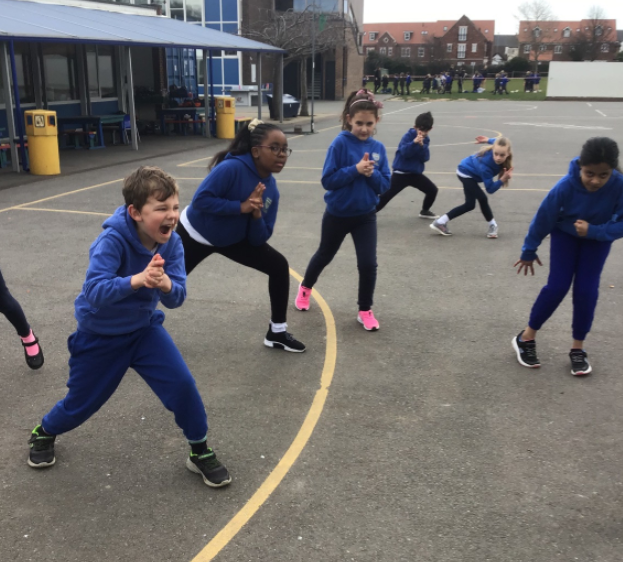
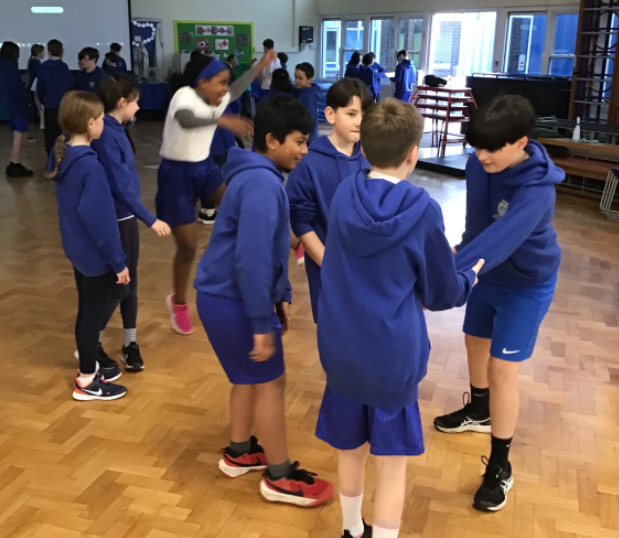
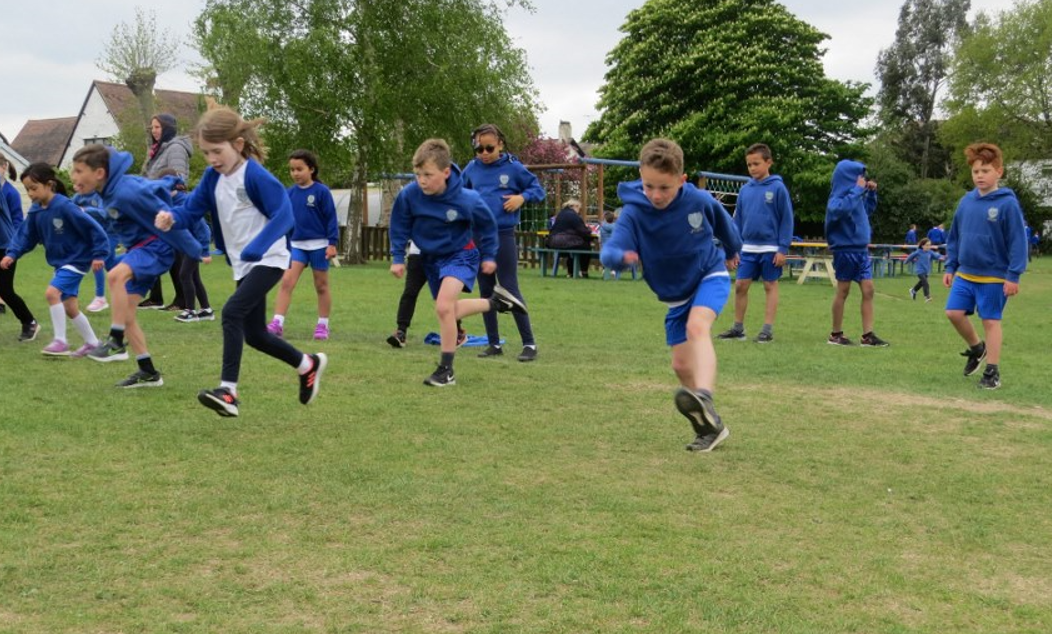
Years 1 and 2
Pupils should develop fundamental movement skills, become increasingly competent and confident and access a broad range of opportunities to extend their agility, balance and coordination, individually and with others. They should be able to engage in competitive (both against self and against others) and co-operative physical activities, in a range of increasingly challenging situations.
Pupils should are taught to:
-
master basic movements including running, jumping, throwing and catching, as well as developing balance, agility and co-ordination, and begin to apply these in a range of activities
-
participate in team games, developing simple tactics for attacking and defending
-
perform dances using simple movement patterns.
|
|
Send and return |
Attack, defend, shoot. |
Hit, Catch, Run |
Run, Jump, Throw |
Gymnastics |
Dance |
Tag Rugby |
|
Year 1 |
Develop sending skills with a variety of balls. Track, intercept and stop a variety of objects. Select and apply skills to beat an opponent. |
To recognise rules and apply them. Use and apply simple strategies for invasion games. |
Develop sending and receiving skills to benefit fielding as a team. Distinguish between the roles of batters and fielders. Introduce the concept of simple tactics. |
Increase stamina and core strength. Work collaboratively on more complex tasks. Work to improve stamina, balance, agility and coordination. |
Perform a variety of basic gymnastics actions showing control. Introduce turn, twist, spin, rock and roll and link these. Perform longer movement phases and link with confidence. |
Able to build simple movement patterns from given actions. Compose and link actions to make simple movement phases. |
Learn to handle a rugby ball. Begin to evade attackers. Play small, competitive rugby skills games. |
|
Year 2 |
Be able to make it difficult for their opponent to score a point. Begin to choose specific tactics. Transfer net/wall skills. Improve agility and coordib=nation and use in games. |
Select and apply a small range of simple tactics. Recognise good quality in self and others. Work with others to build basic attacking play. |
Work on a variety of ways to score runs in the different hit, catch, run games. Work with teams to field. Begin to play the role of wicket keeper or back stop. |
Improve running and jumping movements over sustained periods. Jump for distance and height. |
Develop body management through a range of floor exercises. Use core strength to link recognised gymnastics elements. Attempt to use rhythm while performing a sequence. |
Describe and explain how performers can transition from shapes and balances. Challenge themselves to move imaginatively responding to music. Work as part of a team to create and perform. |
Handle a rugby ball with increasing confidence. Begin to pass accurately. Evade attackers. Play small competitive rugby style games. |
Years 3 and 4
Pupils should continue to apply and develop a broader range of skills, learning how to use them in different ways and to link them to make actions and sequences of movement. They should enjoy communicating, collaborating and competing with each other. They should develop an understanding of how to improve in different physical activities and sports and learn how to evaluate and recognise their own success.
Pupils are taught to:
- use running, jumping, throwing and catching in isolation and in combination
- play competitive games, modified where appropriate [for example, badminton, basketball, cricket, football, hockey, netball, rounders and tennis], and apply basic principles suitable for attacking and defending
- develop flexibility, strength, technique, control and balance [for example, through athletics and gymnastics]
- perform dances using a range of movement patterns
- take part in outdoor and adventurous activity challenges both individually and within a team
- compare their performances with previous ones and demonstrate improvement to achieve their personal best.
|
Netball |
Gymnastics |
Hockey |
Tag Rugby |
Dance |
Athletics |
Football |
Cricket |
|
|
Year 3 |
Perform basic Netball skills such as passing and catching using recognised throws. Use space efficiently to build attacking play. Implement the basic rules of Netball. |
Identify similarities and differences in a sequence. Develop body management over a range of floor exercises. Attempt to bring explosive moves into floor work. Show increasing flexibility in shapes and balances. |
Play in hockey-type invasion game. Improve game-based agility. Manipulate objects, stick and ball with safety and control. |
Handle a rugby ball with confidence. Evade attackers using footwork and body control. Link skills to perform as a team in attack. Use basic game principles of tag rugby and play within simpler rules. |
Building stylistic qualities through repetition and applying movement to own bodies. Building basic creative choreography skills in travelling, dynamics and partner work. |
Control movement in response to instructions. Demonstrate agility and speed. Jump for height and distance. Throw with speed and power and apply appropriate force. |
Able to show basic control skills. Send the ball with some accuracy to maintain possession and build attacking play. Implement the basic rules of Football. |
Adhere to some of the basic rules of cricket. Develop a range of skills to use in isolation and competitive context. Strike a bowled ball. |
|
Year 4 |
Introduce Netball positions. Acquire and apply basic shooting techniques. Develop and implement basic rules. Develop Netball skills such as marking and Footwork. |
Develop and increased range of body actions and shapes to include in a sequence. Define muscle groups needed to support the core of the body. Refine taking weight pn small and large body parts. |
Consistently perform basic hockey skills such as dribbling and push pass. Implement the basic rules of hockey. Develop tactics and apply them in competitive situations. Increase speed and endurance during game play. |
Consistently perform basic tag rugby skills. Implement rules and develop tactics in competitive situations. Increase speed and build endurance during game play. |
Work to include freeze frames in routines. Practice and perform a variety of different formations in a dance. |
Investigate ways of performing running, jumping and throwing activities. Use a variety of equipment to measure, time and compare different styles or runs, jumps and throws. |
Introduce some defensive skills. Dribble in different directions using different parts of the feet. Passing for distance. Evaluating skills to aid improvement. |
Develop and apply a range of skills in competitive context. Choose and use a range of simple tactics in isolation and game context. Consolidate existing skills and apply with consistency. |
Years 5 and 6
Pupils should continue to apply and develop a broader range of skills, learning how to use them in different ways and to link them to make actions and sequences of movement. They should enjoy communicating, collaborating and competing with each other. They should develop an understanding of how to improve in different physical activities and sports and learn how to evaluate and recognise their own success.
Pupils should be taught to:
- use running, jumping, throwing and catching in isolation and in combination
- play competitive games, modified where appropriate [for example, badminton, basketball, cricket, football, hockey, netball, rounders and tennis], and apply basic principles suitable for attacking and defending
- develop flexibility, strength, technique, control and balance [for example, through athletics and gymnastics]
- perform dances using a range of movement patterns
- take part in outdoor and adventurous activity challenges both individually and within a team
- compare their performances with previous ones and demonstrate improvement to achieve their personal best.
Swimming and Water Safety
We provide swimming instruction in key stage 1 or key stage 2.
In particular, pupils should be taught to:
- swim competently, confidently and proficiently over a distance of at least 25 metres
- use a range of strokes effectively [for example, front crawl, backstroke and breaststroke]
- perform safe self-rescue in different water-based situations
|
Netball |
Gymnastics |
Hockey |
Tag Rugby |
Dance |
Athletics |
Football |
Cricket |
|
|
Year 5 |
Use specific Netball skills in games. Begin to play efficiently in different positions on the court in both attack and defense. Increase power and strength of passes. |
Take responsibility for own warm-up. Perform more complex actions, shapes and balances with consistency. Use information given by others to improve performance. Remember and repeat longer sequences with more difficult actions. |
Combine basic hockey skills such as dribbling and push pass. Select and apply skills in a game. Play effectively in different positions on the pitch. Increase strength and pace of passes, moving the ball over longer distances. |
Combine basic Tag Rugby skills such as catching and quickly passing in one movement. Begin to play effectively when attacking and defending. Increase the power of passes so the ball can be moved quickly over greater distance. |
Using professional examples to inspire ideas for explosive action. Owning and exploring new movement possibilities. |
Sustain pace over short and longer distances. Run as part of a relay team. Perform a range of jumps and throws. |
Play effectively in a variety of positions and formations. Relate a greater number of attacking and defensive tactics. Become more skilful when performing movements at speed. |
Link a range of skills and use in combination. Collaborate with a team to choose, use and adapt rules in a game. |
|
Year 6 |
Work as a team to improve group tactics and gameplay. Play within the rules using blocking skills for shots and passes. Develop defensive skills. |
Perform increasingly complex sequences. Combine own ideas with others to build a sequence. Compose and practise actions and relate to music. Show a desire to improve competency across a broad range of gymnastics actions. |
Choose and implement a range of strategies and tactics. Combine and perform more complex skills at great speed. Recognise and describe good individual and team performances. |
Choose and implement a range of strategies and tactics to attack and defend. Combine and perform more complex skills at speed. Observe, analyse and recognise good individual and team performance. |
Work collaboratively to include more complex compositional ideas. Talk about different styles of dance with understanding, using appropriate language and terminology. |
Apply strength and flexibility to throwing, running and jumping. Accurately and confidently judge across a variety of activities. Work in collaboration to demonstrate improvement. |
Choose and implement a range of strategies to attack and defend. Perform a wider range of more complex skills. |
Apply cricket rules in a variety of styles of game. Attempts small range of recognised shots. Use a range of tactics for attacking and defending in the role of bowler, batter and fielder. |


